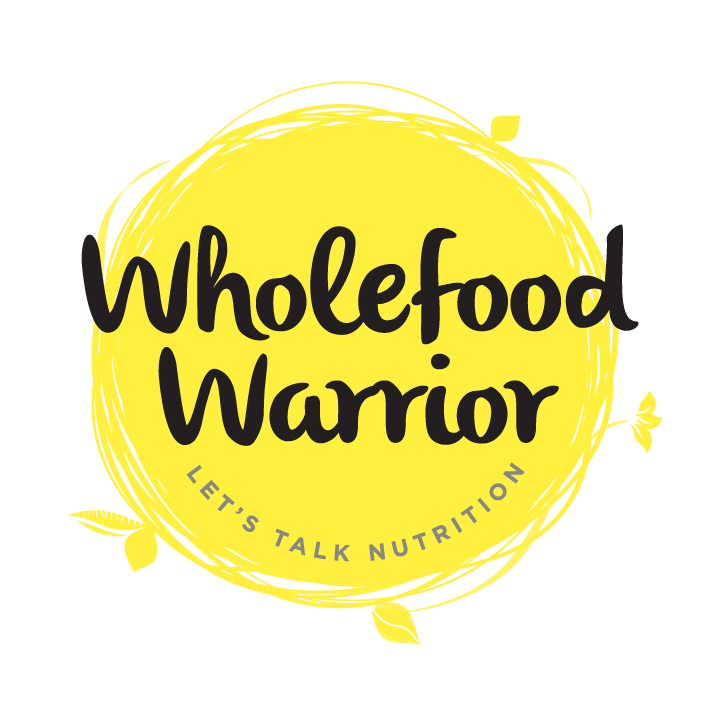Miso is a Japanese cultured food made from fermented soya beans and brown rice.
Whilst that description may not make it sound appealing, it delivers a pleasant savoury taste without too much salt. Consequently, it goes really well with just about any vegetable.
As an added benefit, miso is a vegan source of B vitamins which would ordinarily be hard to obtain without eating meat.
Here, I combined miso with aubergine and a few other ingredients for a flavoursome savoury dish.
Ingredients for 1
1/4 cup dried quinoa
1 small aubergine, cut into 1"-2" chunks
a large handful of torn kale
5 cherry tomatoes, halved
1 teaspoon of miso (I used Clearspring Organic, available online, from supermarkets & health food stores)
1 teaspoon of pomegranate molasses or a squeeze of lemon
Black pepper to season
1 teaspoon of coconut oil
Method:
Cook the quinoa by boiling it in water for 10 minutes. Drain and set aside.
Heat a small pan on a medium heat. Add the coconut oil and aubergine chunks. Season with black pepper and cook until the aubergine goes soft (about 5 minutes).
Take the aubergine off the heat and stir in the miso and quinoa.
In a bowl, combine the kale leaves with pomegranate molasses or lemon juice. Rub the kale together with your hands until the leaves bruise a little. This will make it easier to eat.
Grab a plate, put the aubergine/quinoa mix on it. Top with the kale and cherry tomatoes.
Enjoy!





